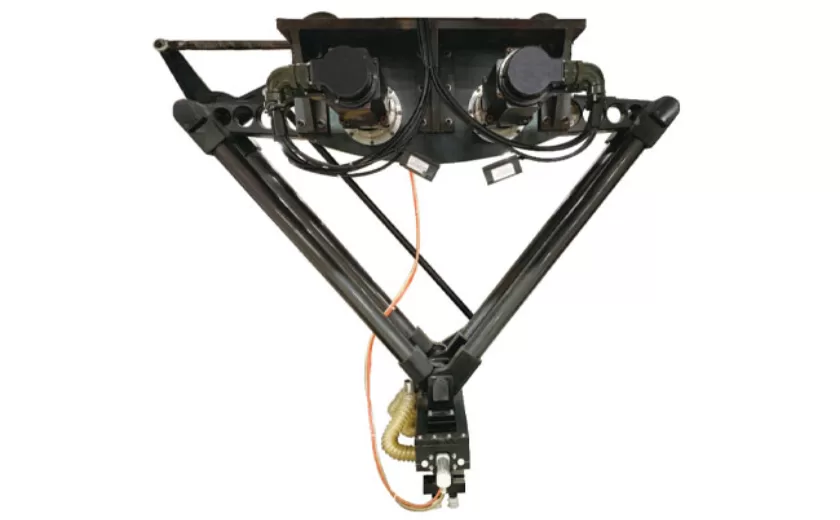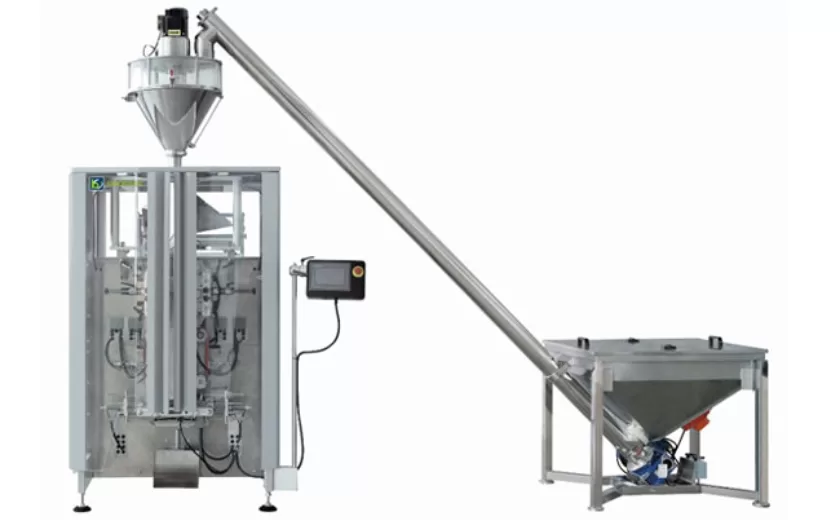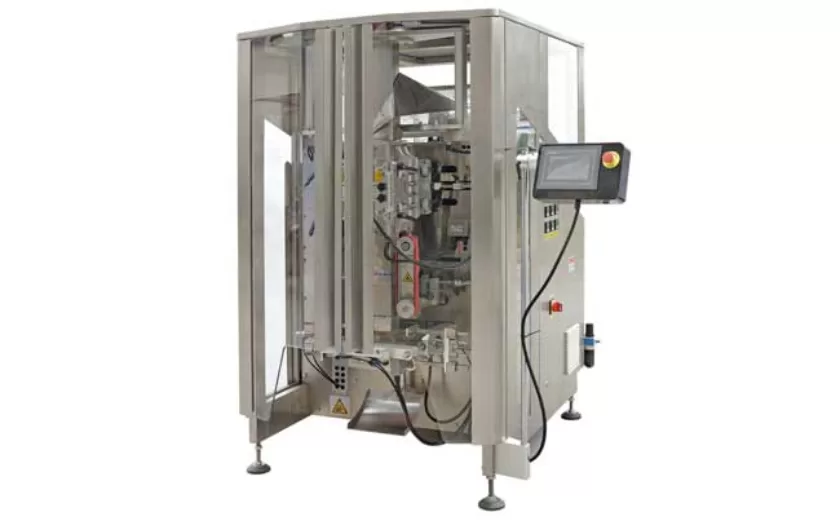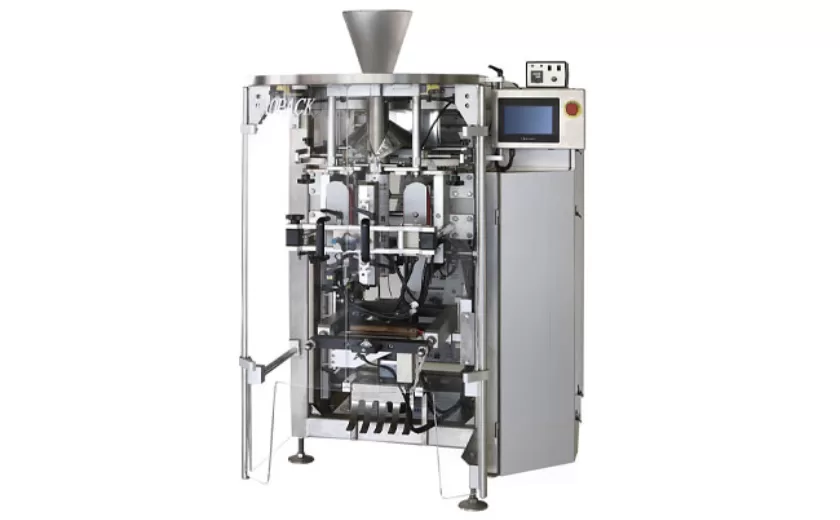How to Train Staff on Operating Liquid Pouch Filling Machines
The liquid pouch filling machine is an important piece of equipment in the food and beverage industry. It is used to fill and seal liquid products into pouches, which are then used for packaging and distribution. Proper training is essential to ensure that staff can operate the machine safely and efficiently. Here are some steps on how to train staff on operating liquid pouch filling machines:
Step 1: Overview of the Machine
Begin by introducing the staff to the machine’s basic functions and components. Explain the importance of adhering to safety protocols and maintaining a clean and organized workspace. Familiarize the trainees with the machine’s control panel, including the buttons and dials used to adjust settings.
Step 2: Safety Precautions
Emphasize the importance of safety measures to prevent accidents and injuries. Train staff on proper handling of pouches and liquids, as well as potential hazards such as spills, leaks, or electrical malfunctions. Instruct them on the emergency stop procedures and the use of safety guards.
Step 3: Machine Setup and Calibration
Guide the trainees through the process of setting up the machine, including installing the formers, adjusting filling nozzles, and calibrating the filling system. Explain how to adjust parameters such as fill volume, sealing temperature, and pouch tension. Ensure that staff understand the importance of regular calibration to maintain accuracy.
Step 4: Pouch Loading and Product Handling
Instruct the staff on how to load pouches into the machine correctly. Demonstrate the proper handling of liquids, including maintaining proper temperature and viscosity. Explain how to avoid product contamination and ensure that pouches are filled to the desired level.
Step 5: Operation and Monitoring
Train the staff on the operation of the machine, including how to start, stop, and pause it. Emphasize the importance of monitoring the machine during operation to ensure that it is functioning properly. Show them how to adjust settings on the fly to address any deviations from the desired parameters.
Step 6: Troubleshooting and Maintenance
Provide the staff with troubleshooting tips for common problems that may arise during operation. Instruct them on how to identify and fix minor issues, such as pouch misalignment or nozzle blockages. Explain the importance of regular maintenance and cleaning procedures to ensure optimal performance.
Step 7: Evaluation and Refresher Training
Conduct regular evaluations to assess staff understanding and proficiency. Provide refresher training sessions to reinforce key concepts and address any areas of improvement. Encourage staff to ask questions and provide feedback to enhance the training program.
-
Advanced Packing Solutions: Snacks, Sugar, and Frozen Food Machines
29-10-2025 -
Efficient and Reliable Solutions for Salt, Nuts, and Frozen Dumplings Packing
29-10-2025 -
High-Performance Biscuits, Lollipop, and Ketchup Packing Machines for Modern Food Production
29-10-2025 -
Efficient Liquid Filling and Packing Machines for Modern Production
23-10-2025 -
Reliable Granule Packaging Machines for Efficient Production
23-10-2025 -
Efficient Auger Powder Filling Machines for Accurate Packaging
23-10-2025 -
High-Performance Liquid Filling and Packing Machines for Hygienic Production
10-10-2025 -
High-Efficiency Granule Packaging Machines for Precision and Speed
10-10-2025 -
High-Precision Auger Type Powder Filling Machines for Efficient Packaging
10-10-2025 -
Efficient Vertical Form Fill Seal Packaging Machines for Smart Production
10-10-2025











